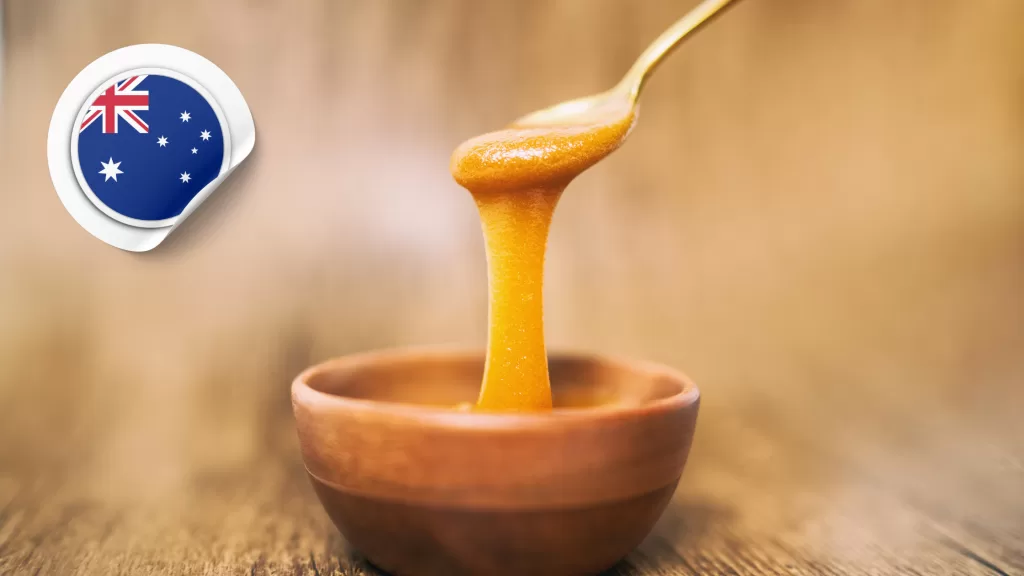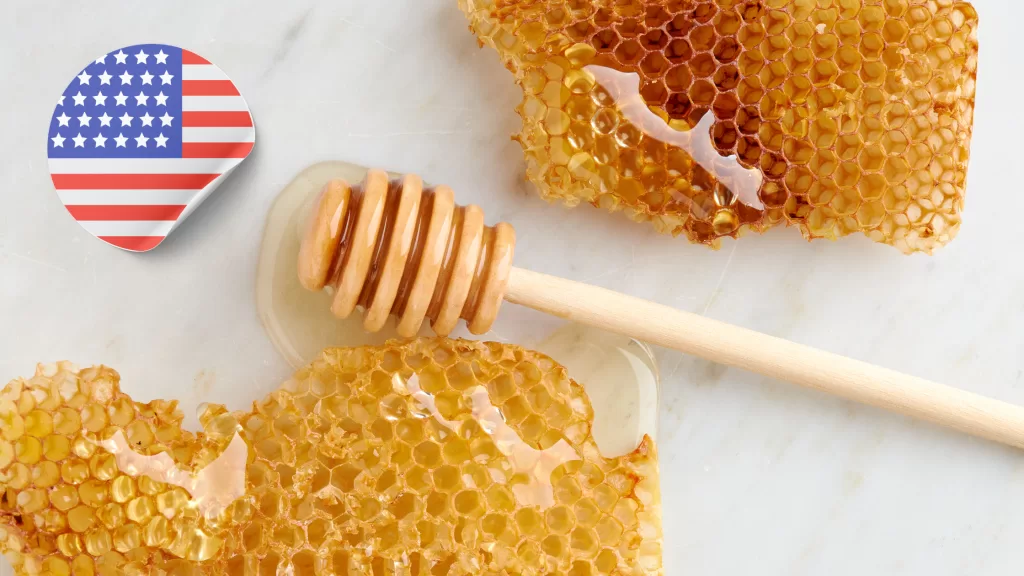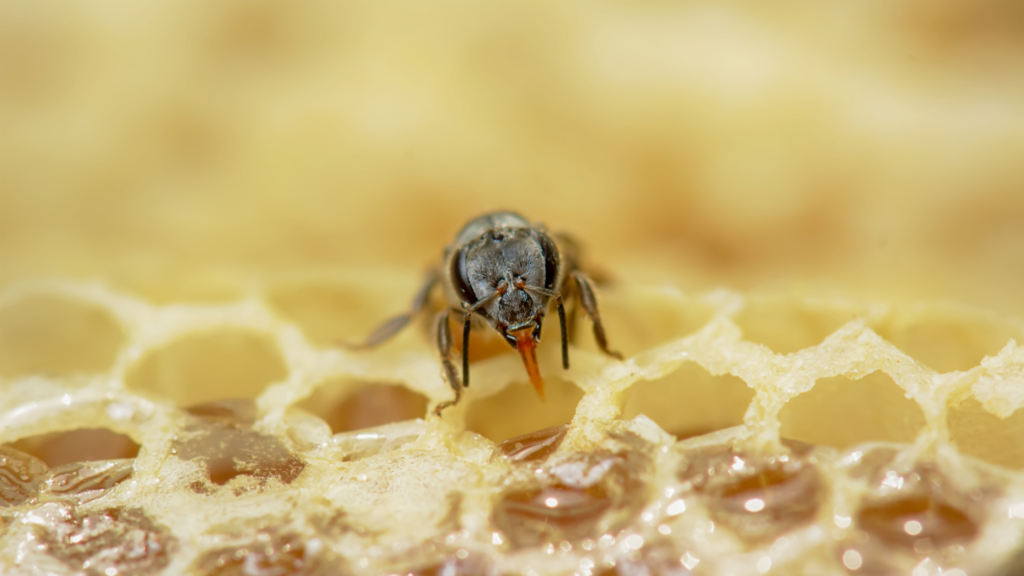Characteristics and Behavior of Different Bee Species
Characteristics and Behavior of Different Bee Species: A Closer Look at Nature's Pollinators
Bees are fascinating creatures with diverse characteristics and behaviors that contribute to their success as pollinators. Understanding the unique traits of different bee species allows us to appreciate their adaptations and the roles they play in ecosystems. In this article, we will delve into the characteristics and behavior of various bee species, shedding light on their intriguing attributes and how they interact with their environments.
Characteristics and Behavior of Different Bee Species:
Honeybees are highly social insects that live in large colonies. They have a caste system comprising a queen, worker bees, and drones. Honeybees are known for their exceptional communication abilities, relying on complex dances to convey information about food sources. They build intricate wax combs to store honey and pollen. Honeybees exhibit remarkable navigational skills and can travel long distances to forage on diverse floral resources.
Bumblebees are robust bees with fuzzy bodies, and they are known for their distinct buzzing sound. Unlike honeybees, bumblebees live in smaller colonies. They have a unique thermoregulation system that allows them to maintain their body temperature, making them effective pollinators in cooler climates. Bumblebees exhibit a behavior called “buzz pollination,” where they vibrate their flight muscles to release pollen from flowers with tightly packed anthers.
Mason bees are solitary bees that nest in pre existing cavities such as hollow stems or woodpecker holes. They use mud or plant material to create partitions between their brood cells. Mason bees are known for their efficiency as pollinators because they visit numerous flowers in a short period. They are gentle bees that rarely sting and are valued for their role in pollinating orchard crops.
Leafcutter bees are solitary bees named for their behavior of cutting circular pieces of leaves to construct their nests. They create neat, round holes in leaves and use the leaf fragments to line their nest chambers. Leafcutter bees are excellent pollinators, and their specialized nesting behavior makes them efficient in crop pollination. They are non-aggressive bees and rarely sting.
Carpenter bees are large solitary bees known for their ability to excavate tunnels in wood for nesting. They are often mistaken for bumblebees due to their similar size and appearance. Carpenter bees play an important role in pollination, particularly for flowers with deep corollas. While the females have stingers, they are generally docile and only sting when directly handled or provoked.
Mining bees are solitary bees that nest in the ground, typically forming large aggregations in suitable habitats. They create tunnels or burrows in soil and construct individual cells where they lay their eggs. Mining bees are effective early-season pollinators, as they emerge in spring when few other pollinators are active. They are generally gentle and rarely sting unless threatened.
Sweat bees are a diverse group of bees that can be found in various habitats worldwide. They are typically small to medium-sized bees, often with metallic-colored bodies. Sweat bees are attracted to human perspiration, hence their name, but they also play a crucial role in pollination. They are generally gentle bees that contribute to the pollination of wildflowers and crops.
Each bee species possesses distinct characteristics and behaviors that contribute to their effectiveness as pollinators. From the highly organized social structure of honey bees to the solitary nesting habits of mason bees and leafcutter bees, each species has adapted to specific ecological niches. Understanding the intricacies of bee behavior allows us to appreciate their vital role in pollination and emphasizes the need for their conservation. By protecting bee habitats and supporting their populations, we ensure the continued success of these remarkable creatures and the health of our ecosystems.
More From The Hive:

A Comprehensive Guide to Australian Honey: Types, Production, and Benefits
Australia is home to some of the world’s finest honey, known for its unique flavors, exceptional quality, and health benefits. Thanks to its diverse flora and pristine natural environment, Australia produces honey that reflects the rich biodiversity of its landscapes. Whether it’s the famous Manuka honey from the Leptospermum trees

An In-Depth Guide to Honey in the United States of America (USA): Types, Production, and Benefits
Honey, one of nature’s sweetest treasures, has been an integral part of human diets and cultures for thousands of years. In the United States of America (USA), honey production is not only a thriving industry but also a testament to the country’s diverse ecosystems. From the tropical blossoms of Florida

The Small Honey Bee (Apis florea): A Comprehensive Guide to One of Nature’s Tiny Pollinators
The Small Honey Bee, scientifically known as Apis florea, is one of the lesser-known species of honey bees, yet it plays a vital role in the ecosystems of Asia and parts of the Middle East. Despite its size, the Apis florea bee is a remarkable pollinator, and its unique biology

Exploring the Sweet Diversity of Canadian Honey: A Guide to Types and Flavors
Canada is home to a rich tapestry of landscapes and climates, each contributing to the unique flavors and types of honey produced across the country. From the prairies of Alberta to the forests of British Columbia, Canadian honey reflects the diverse flora that bees visit. In this blog, we will

The Rock Honey Bee (Apis laboriosa): Guardians of the Himalayan Honey
The Rock Honey Bee (Apis laboriosa) is an awe-inspiring species that thrives in the rugged landscapes of the Himalayas, where it builds massive nests on vertical cliffs. Known for producing highly prized wild honey and for its ability to endure extreme mountain conditions, this bee species has captivated researchers, beekeepers,

The Giant Honey Bee (Apis dorsata): Nature’s Fearless Honey Maker
The Giant Honey Bee, scientifically known as Apis dorsata, is a remarkable species native to South and Southeast Asia. Known for its impressive size, bold temperament, and incredible honey-producing capabilities, this bee plays a crucial role in the ecosystem and supports human livelihoods. Despite its importance, the Giant Honey Bee
